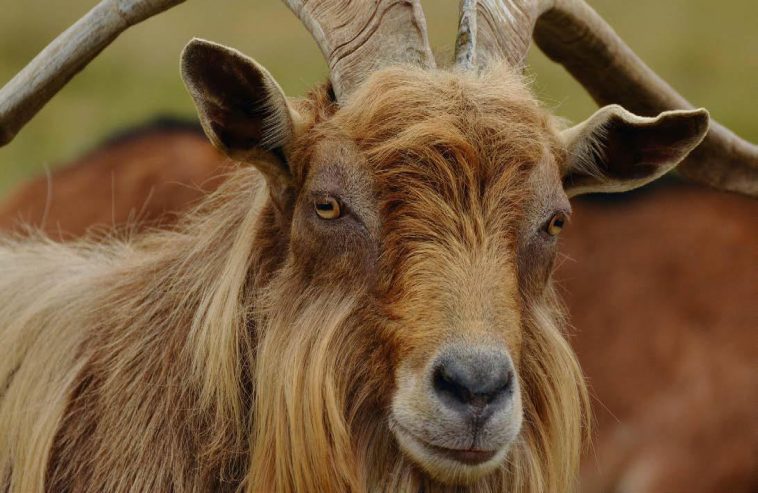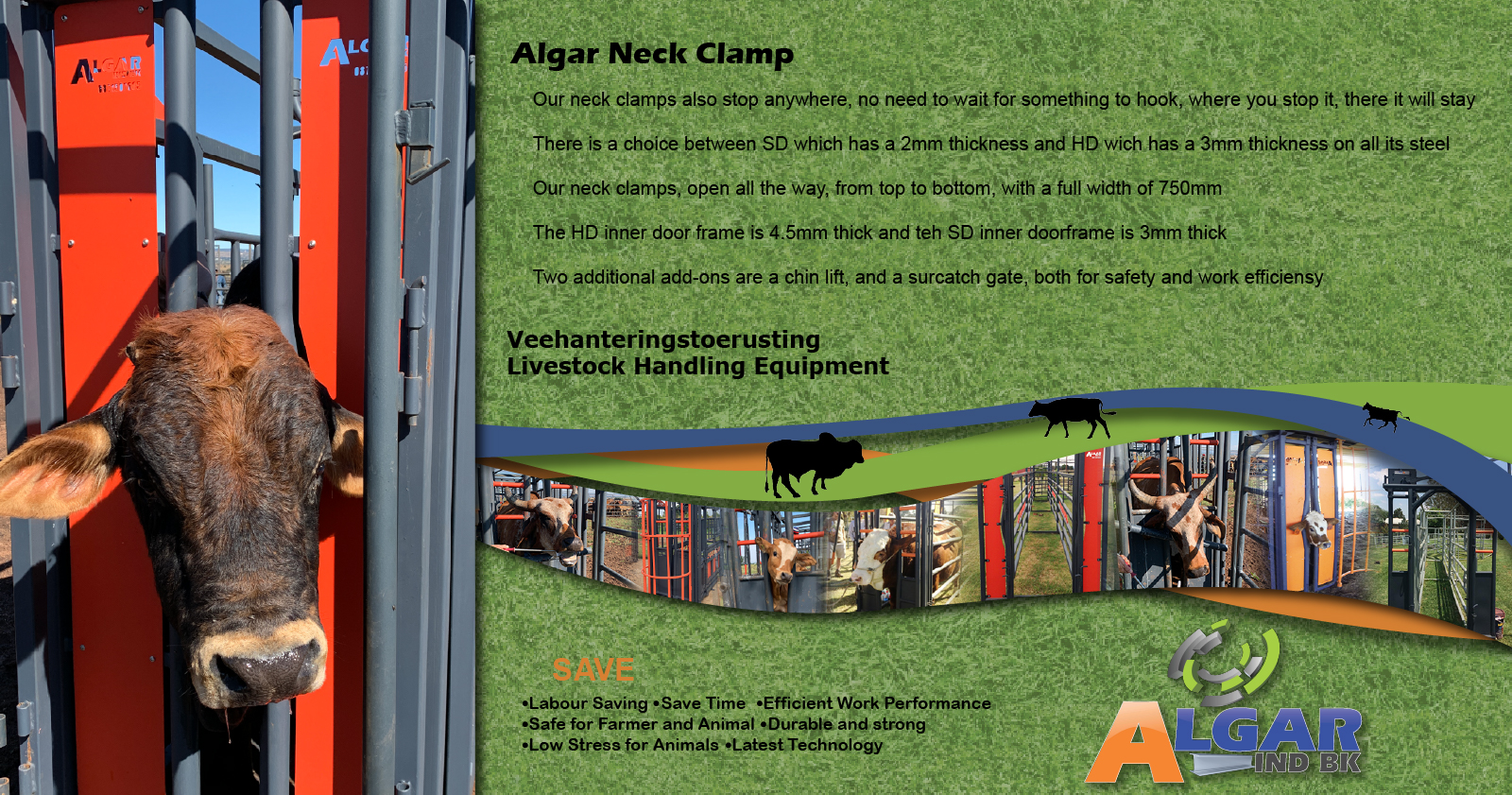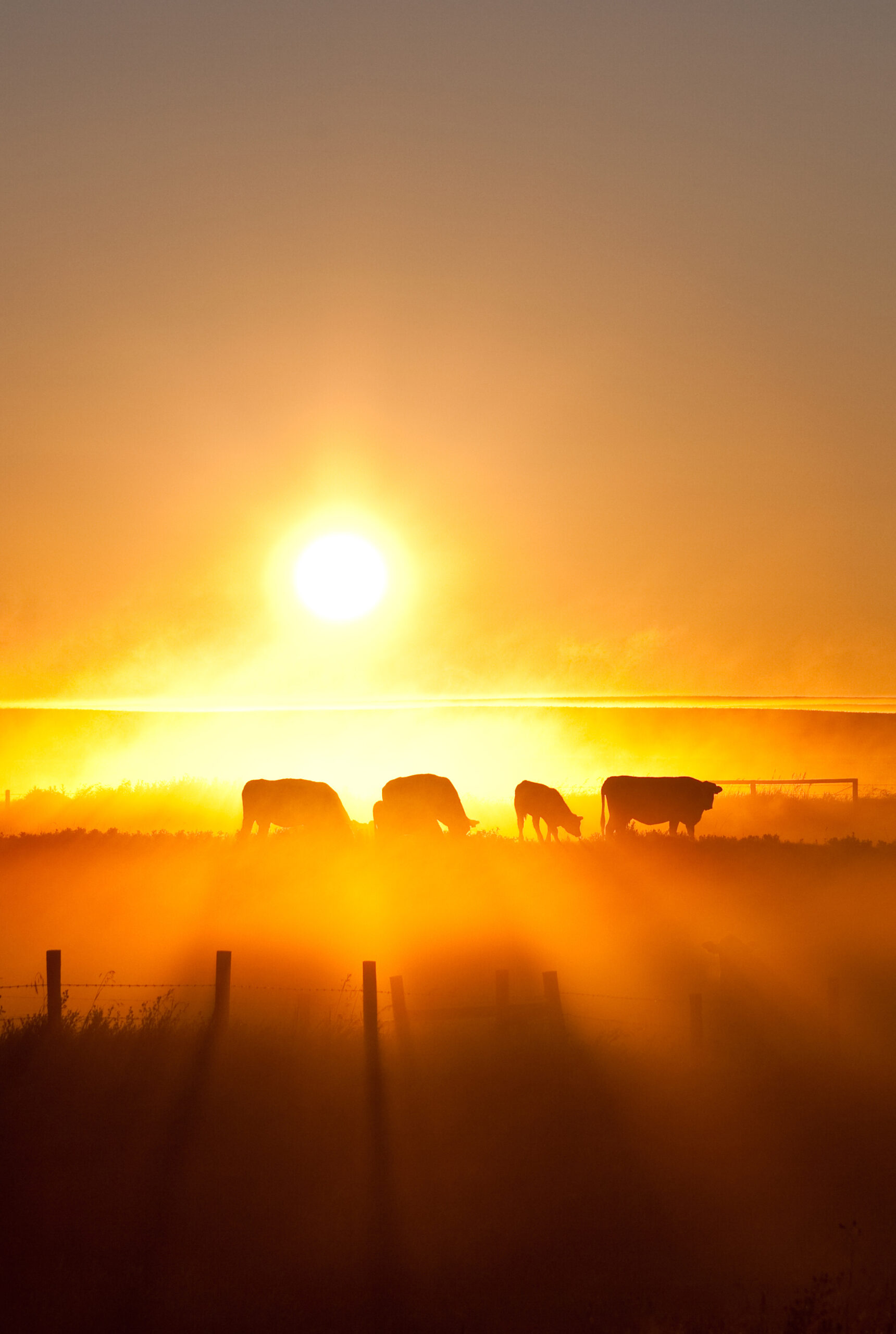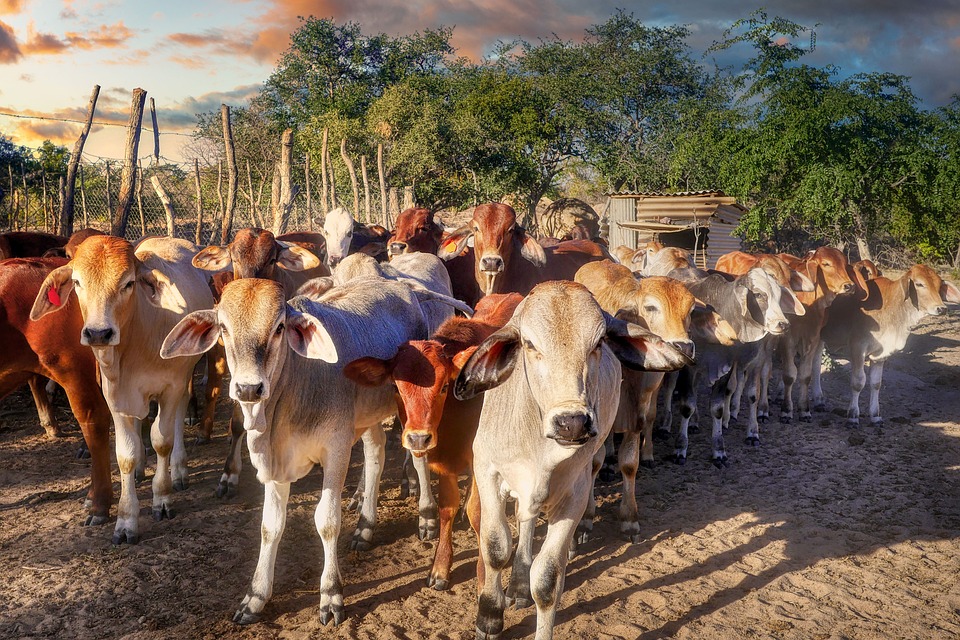Goats that are good for both milk production and mohair production make excellent livestock. They are easy to care for and maintain, and they generate steady income. Mohair from these animals is highly sought after due to its softness and resilience, and their milk is a nutritious and delicious substitute for cow’s milk.
As an added bonus, they are sociable and simple to care for, making them an excellent addition to any farm. Both the Saanen and Angora goat breeds are excellent choices for milk and mohair production. They are hardy, easygoing animals that are capable of producing high-quality products. With proper care and management, these breeds can provide a steady supply of milk and mohair for many years to come.
Saanen goat
- Saanen buck. (Source: goatzz.com)
- Saanen doe with well-developed udders. (Source: hillsidedreamsgoatdairy.com)
The Saanen goat is a large, white or cream goat that is known for its high milk production. It is one of the most popular dairy goat breeds, especially for its mild-mannered temperament and easy-going nature. Saanen goats are also known for their ability to produce large amounts of milk, with some goats producing up to 15 litres of milk per day. The Saanen dairy goat can be traced back to Switzerland’s Saanen Valley, where they originated. Saanen does are prolific milk producers and typically produce between three and four percent milk fat in their milk. The does weigh about 65 kilogrammes and the buck can weigh up to 75 kilogrammes, and range in size from medium to large.
There is no prejudice against goats that have spots on their skin. It is acceptable for the hair to have a few streaks of colour, but this is not something to strive for. The hair should be kept short and fine, although it is common to have a fringe that falls over the spine and thighs. The ears should be held in a perceptive and alert position, preferably with a forward tilt, and should be long and floppy. The face can be either straight or dished. The Saanen goat is a domestic goat breed renowned for its superior grazing prowess. They are hardy animals that can graze on a wide range of vegetation, including grasses, shrubs, and some kinds of trees.
They are also capable of consuming a variety of forages, including hay and silage. They are therefore a fantastic option for farmers who need to feed their animals a variety of foods. Saanen goats are renowned for their capacity to adjust to various climatic conditions. They can endure extremes of heat and cold, and they can even endure high levels of humidity. They are therefore a fantastic option for farmers who need to feed their animals a variety of foods in various climates. The breed is, however, vulnerable to overexposure to sunlight and tends to do better when kept in cooler environments. Therefore it is absolutely necessary to provide shade.
Toggenburg
- Toggenburg buck with medium length hair. (Source: moonmeadow. wordpress.com)
- Toggenburg doe with short length hair. (Source: gmsgoats.com)
This breed is about the size of a medium sized dog and appears to be robust, active, and alert. The does weigh at least 60 kilogrammes, and the bucks can weigh 90 kilogrammes. The goat’s hair is either short or medium in length, and it is extremely fine, soft, and lays completely flat. Its colour is consistent all the way from a light fawn to a dark chocolate, and it does not favour any particular shade.
The following is a list of the distinct white markings: white ears with a dark spot in the middle; two white stripes down the face from above each eye to the muzzle; hind legs white from the hocks to the hooves; forelegs white from the knees downward with a dark lien (band) below the knee acceptable; a white triangle on either side of the tail; a white spot may be present at the root of the wattles or in that area if there are no wattles present. It is acceptable to have varying degrees of cream markings rather than pure white, but this is not desirable.
They are a great option for farmers in a variety of regions due to their adaptability to various climates and environments. The Toggenburg goat has a reputation for being a superior grazer. They can graze on a range of grasses and forages, such as weeds, alfalfa, and clover. They can also graze in areas with rocky soil and steep terrain. This makes them perfect for mountainous areas where they can graze on the rocky outcroppings and steep slopes.
Angora
- Angora buck with spiral horns. (Source: britannica.com)
- Angora doe and kid. (Source: boergoatprofitsguide.com)
The Angora goat is a medium-sized goat that is known for its long, silky mohair. Angora goats are one of the oldest breeds of goats and are known for their hardiness and ability to thrive in a variety of climates. Angora goats produce high-quality mohair that is used in a variety of products, including sweaters, hats, and scarves. The typical goat is sheared twice a year and can shear about 2,5 kilogrammes of mohair per shearing. They generate fibre with a 12 to 15 cm staple length. The Angora i is a very appealing animal with horns on both sexes. The bucks usually have a pronounced spiral to the horn, which comes back and away from the head; the horns of mature bucks sometimes reach two or more feet in length.
The female’s horn, on the other hand, is considerably shorter, smaller, and only slightly inclined to spiral. The female’s horn rarely measures more than nine or ten inches. The ears are heavy and drooping. When compared to sheep, common goats, or milk goats, the Angora goat is a small animal. There is considerable variation in the size of goats, but mature bucks will usually fall in a weight range of 80 to 102 kilogrammes but do not reach their maximum weight until after five years of age.
When fully grown, does will weigh between 32 and 50 kilogrammes. Because the Angora likes to graze, it has been very useful in some fields of agriculture. Goats are excellent “browse” consumers who frequently stand on their hind legs to eat as high as they can. Goats are adapted to graze in areas where sheep struggle. On land that is unsuitable for conventional agricultural activities, Angoras have been able to generate a profit.
References
Goat Farming in South Africa (2022). Available at: https://southafrica.co.za/goat-breeds-in-southafrica.html
Breeds of Livestock, Department of Animal Science (1996). Available at: http://afs.okstate.edu/breeds/goats















